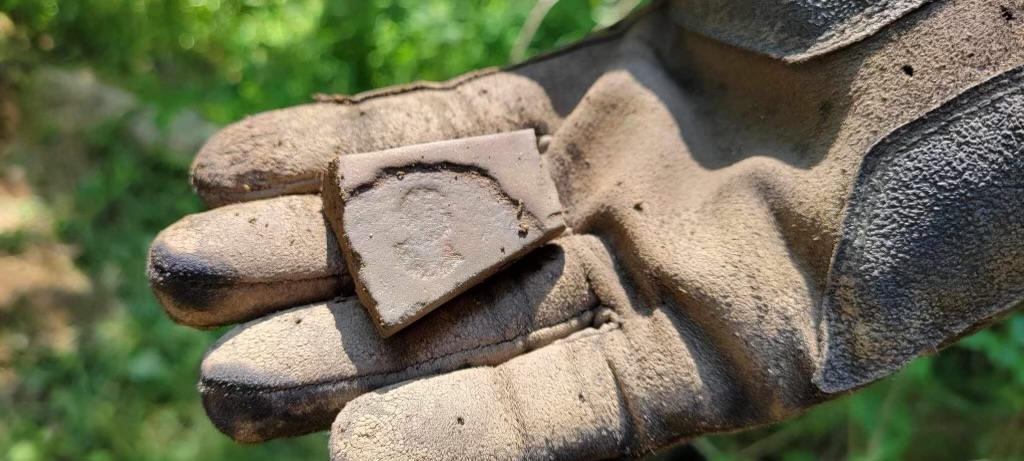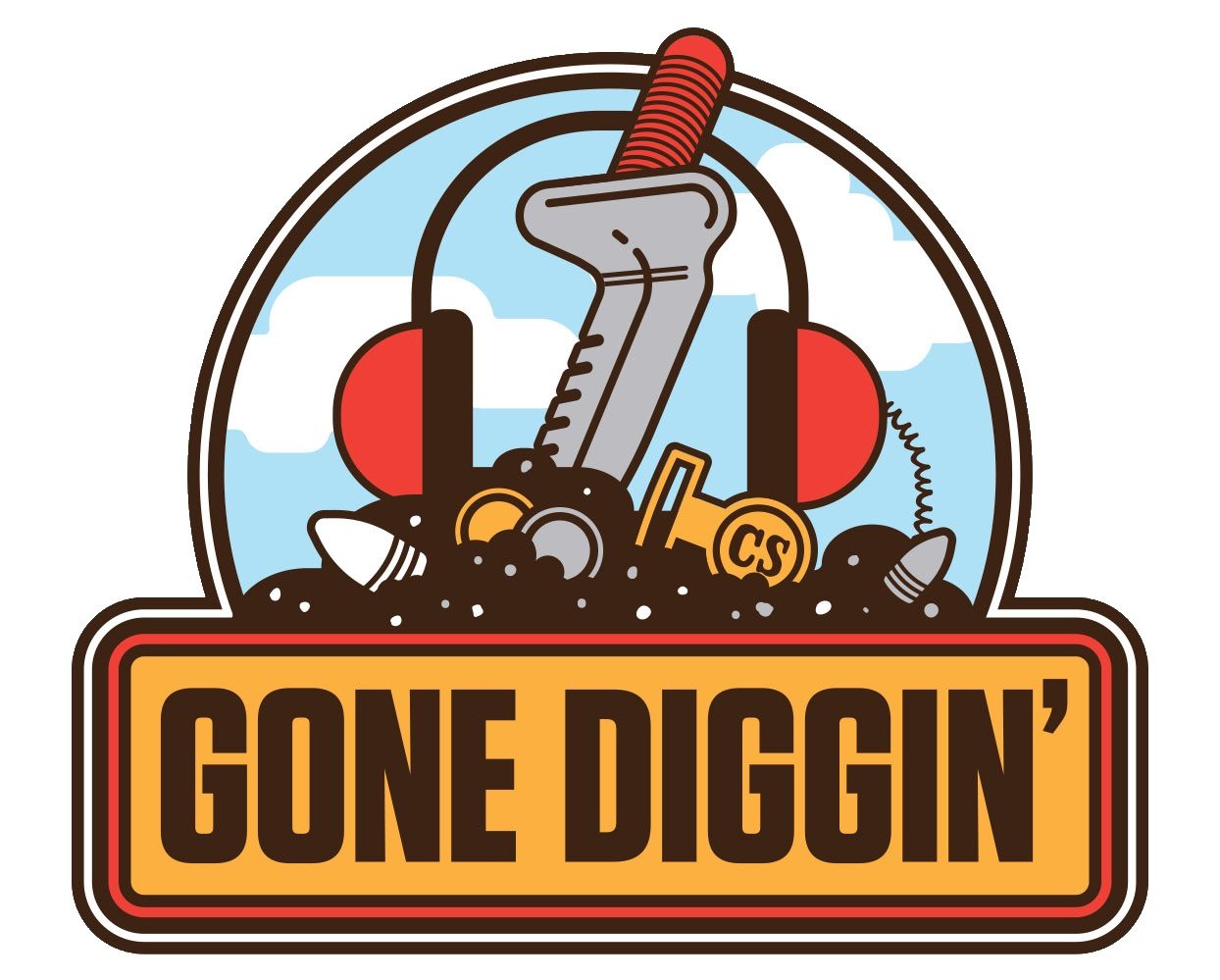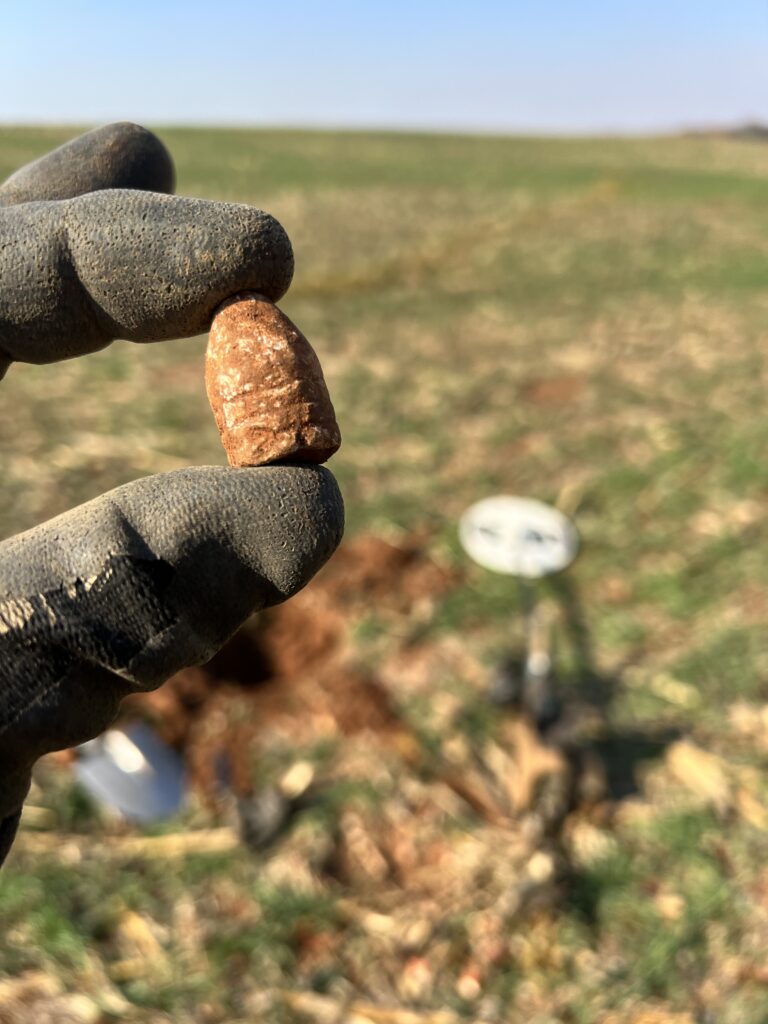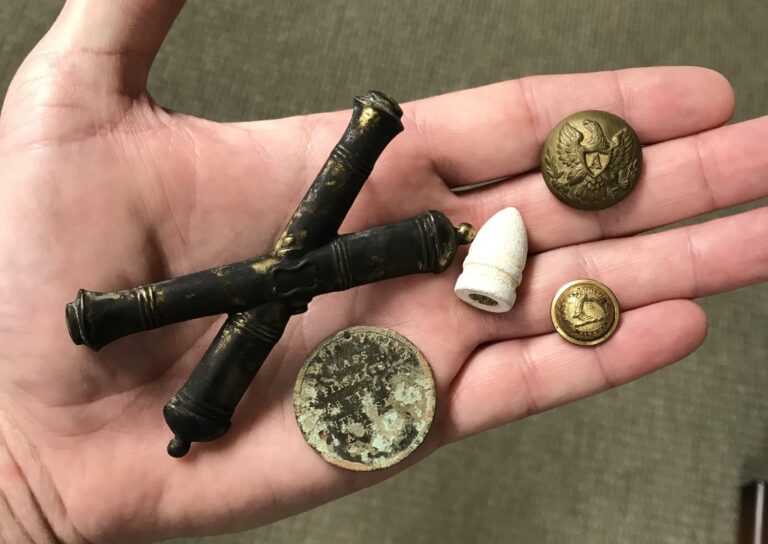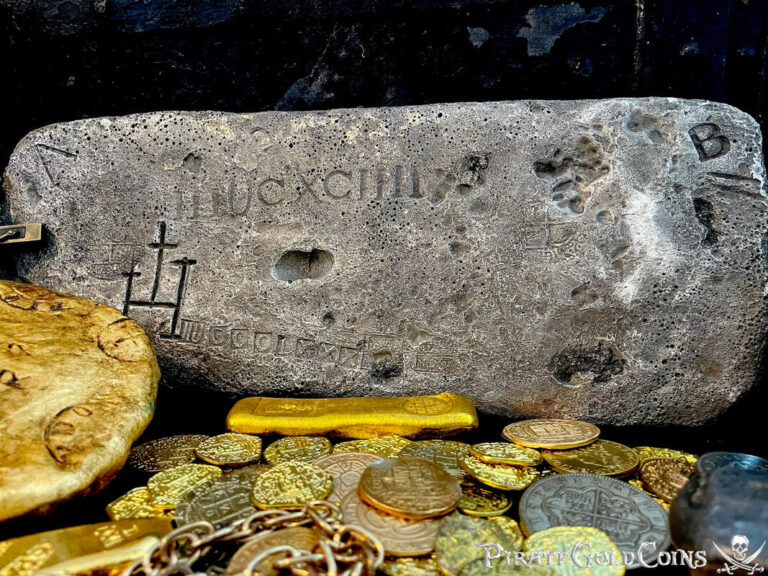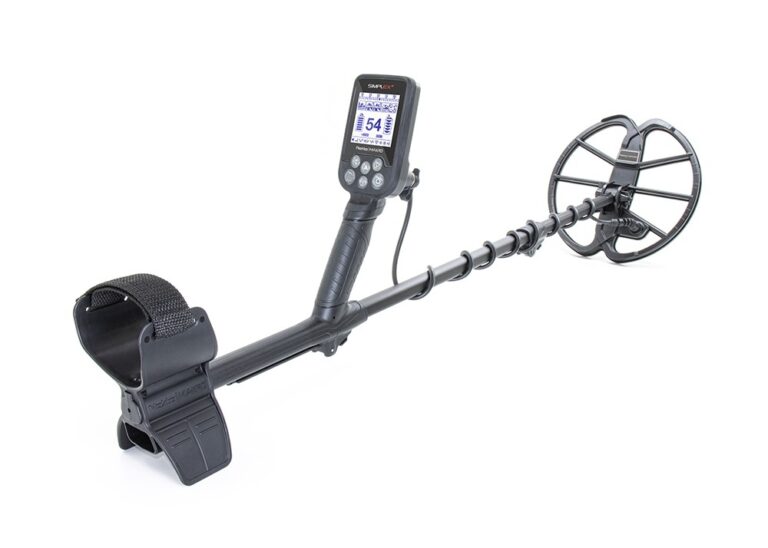Traveling back in time by exploring what the United States earliest settlers left behind
The colonial period in Virginia began in 1607, over 400 years ago with the landing of the first English settlers at Jamestown. Up until today, the oldest sites I had dug and currently still dig were no later than the 1800s. Born and raised in the heartland of the civil war in Northern VA and the Shenandoah valley I have been blessed to dig large amounts of historically rich areas full of relics. I thought I knew excitement until I stepped foot onto some of the most historic ground I may ever step foot on.
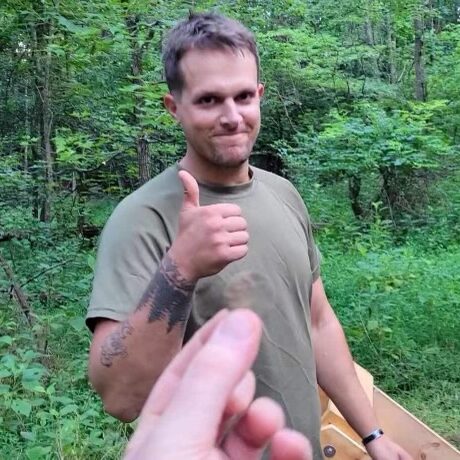
Last week I received an invite from a couple friends of mine to accompany them on a half day digging trip to an area near King George, VA in the tidewater region of the state. The tidewater area was the epicenter of colonial house sites and trade routes spanning from Maine all the way down to Florida. I don’t think I fully realized the historical importance of the land that I was about to step foot on until I arrived. Immediately I was schooled on the artifacts that had previously been found here. From an Elizabeth I six pence, dozens of handmade pewter and brass personal items, Native American artifacts, including points, trade beads, useful rock tools, to the newest coin being from the 1770’s. Very, very few non period relics had been found at this site. As I approached the features (trash pits, privies, house sites, cooking pits) I could now see what I was working with. I decided to start with a quick surface hunt to see how well the site had been hit and to possibly find another trashy pit to pull some goodies from. Boy had they pounded the surface relics over the prior years as there was not one good signal to be heard even through the iron. It was time to dive in. Nearly half of my relic hunting days since the age of 14 had been spent excavating long forgotten homesites strewn across the blue ridge. I decided to take the same approach. Before me was a gaping 10’x10’ hole nearly four feet deep with all four corners exposed. Mounds of picked through dirt piled high around the edges littered with oyster shells, brick, pottery and ash. A sifters dream.
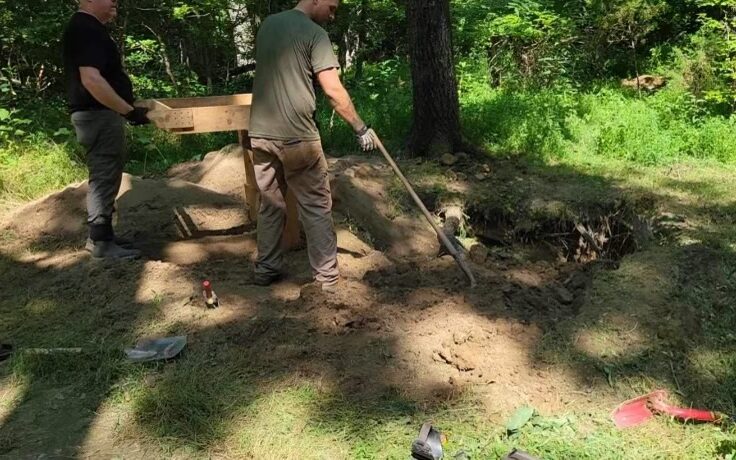
Normally I will start by removing the top layer of dirt inside of a feature scanning intermediately as I go. Making sure to keep the dirt piled together to sift later. Once you puncture into the “pay dirt”layer normally the off colored layer that is full of ash, pottery, and relics I will dig down “carefully” until I hit the hard pack or untouched soil under the main floor or pit, however deep that is. This is usually as it’s named, harder and lacking a good color, pottery, ash, etc. The next step I would take is to branch out and find the sidewalls which will eventually lead you to the corners. Corners of homesites, as well as the hearth are your most common places to find pockets of relics. Seeing as they had already excavated down to the hard pack and corners, we immediately started loading the sifter full of the tailings from the hole. Five buckets in and Boom… the first relic of the day popped out. A 1737 Swedish 1 Öre. I was immediately floored, as this beat my oldest coin found to that day by 36 years! That first find started off a roller coaster of recoveries. From finds every couple scoops, to nothing for thirty minutes and back again. Throughout the day we managed to recover some beautiful artifacts. In feature two, with a sifter, Joe managed to locate the second arrowhead from that location, as well as some pewter buttons and some gorgeous pieces of Westerwald pottery. This feature is more of a trash related pit (due to the contents being mainly oyster shells, bone, broken pipe stems and chunks of pottery). He informed me though that nearly 30 complete pipe bowls had been pulled out of this hole. Pat roamed around raking piles of dirt and nearby areas and was able to locate a turquoise colored indian trade bead and a few other colonial targets. As the day and our strength wound down, we started to wrap things up.
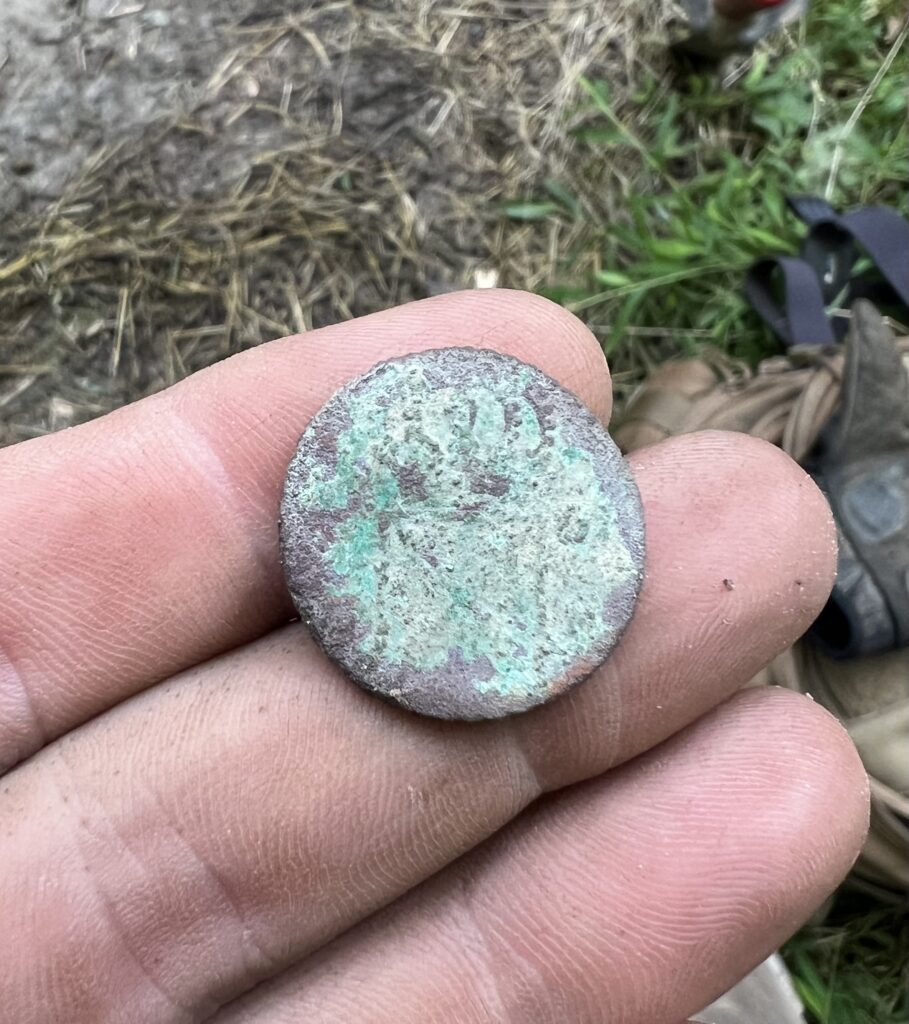
Overall the finds of the day were:
3 arrowheads, 2 trade beads, four pewter buttons, 1737 Swedish 1 Öre, tons of pipe stems and pipe bowl pieces, partial shoe buckle, flint striker from a flintlock musket, and numerous other hand worked stones and oddities.

Some interesting take aways from this site were:
1. The task of trying to find a rough date for the site. As aforementioned the earliest relic found was a six pence from the late 1500s. And the newest item being a coin from the 1770s. Fellow relic hunters with extensive colonial knowledge and maps from these days showed no settlements or anything in this area. One key thing that I believe really could help narrow it down was the pipe stems and pipe bowls left behind. Several of the pipe bowls still bear the original cartoosh or makers mark. Also, Numerous archeological studies and records indicate that the inner diameter of pipe stems correlated to certain dates. The reason I believe an item as simple as a pipe stem or bowl could help in targeting a date range is because pipes are and we’re extremely brittle, would break, be discarded and replaced immediately. The cartoosh marks and pipe stem diameters, along with the hundreds of other items recovered over the years correlated to a range of what I believe the site dates to: 1650 – 1770.
2. The presence of Native American and colonial relics. There are a lot of different theories from different people as to whether these items arrived at the same time. Were colonists friendly or aggressive towards natives? Did they openly trade? I theorize that the natives and the colonists simply co-existed in the same areas. I believe these native artifacts are here due to open trading and sharing of ideals. Especially in a mid to late 1600’s site. Natives of these areas had pre established trading routes, knowledge and means of survival that surely colonists wanted to cash in on. In no way was this the case everywhere in colonial days though.
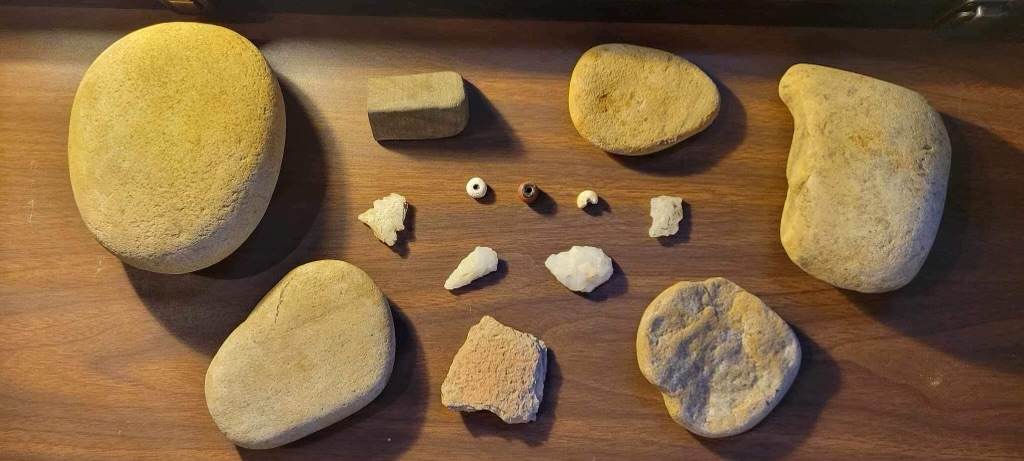
- At homesites, and related features. DO NOT be satisfied with digging the first out slowly and scanning only. Breaking out a sifter and putting in some good sweat equity will open an entirely new world of relics most detectorists don’t get to experience. The amount of missed items as well as non-metal objects are staggering. The amount of iron IN homesites and pits can entirely mask good signals. No matter the machine. When in doubt break a sifter out.
- Probe, probe, probe! Some of the features on this site were located with probes. If you are hunting a known homesite or trash pit area you cannot go wrong with a good probe. In the case of this property the ground profile was lowcountry sand. Very soft all the way down. You can feel differences in dirt types, bricks and glass. It just takes a little practice.
Theres nothing better than searching for relics from some of the first settlers to start new lives in the Americas. Exploring the oyster shell and pottery speckled period road beds dug into the sand. The calmness and serenity in those woods was eye opening and quite overwhelming. This will be a hunt I will never forget.
Written By Matt Sustek


